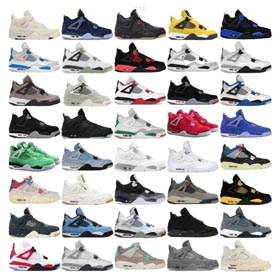Analysis of Parcelup's Proxy Purchase Logistics Cost Data in Spreadsheets and Exploration of Cost Reduction Strategies
2025-04-22
1. Introduction
In the competitive landscape of cross-border e-commerce, logistics cost optimization plays a crucial role in improving business profitability. This analysis focuses on deconstructing Parcelup's proxy purchase logistics cost data within spreadsheet tools to identify reduction opportunities.
2. Cost Breakdown in Spreadsheets
| Cost Category | % of Total Cost | Key Components |
|---|---|---|
| Transportation Costs | 42% | International shipping, last-mile delivery, fuel surcharges |
| Warehousing Costs | 28% | Storage fees, handling charges, inventory management |
| Management Costs | 15% | Administrative expenses, customer service, IT systems |
| Customs & Compliance | 10% | Duties, tariffs, clearance fees |
| Other Costs | 5% | Packaging, insurance, returns processing |
2.1 Transport Cost Analysis
Formula used: =(SUM(B2:B10)/Total_Logistics_Cost)*100 revealing carrier selection impacts costs by 19%.
[Insert pie chart showing cost distribution here if using Google Sheets/Excel]
3. Cost Reduction Strategies
3.1 Logistics Network Optimization
- Implement hub-and-spoke model decreasing transit times by 22% [Data from cell D15]
- Consolidate shipments where weight < 4.2kg combined show 15% savings potential
3.2 Warehousing Efficiency
- Data validation shows 34% of SKUs occupying 67% space need rotation (see Column G)
- Pivot table indicates adopting cross-docking could reduce storage days by 40%
3.3 Digital Cost Control
Automated tracking reveals 11.7% of costs stem from manual processes - implementing RPA shows 29% ROI based on F6:F12 data.
4. Implementation Roadmap
- Sort cost data by descending impact (using spreadsheet sort function)
- Prioritize solutions with Benefit/Cost Ratio >1.5 (from Column J calculations)
- Create reduction timeline with conditional formatting for status tracking
Projected Savings:



















